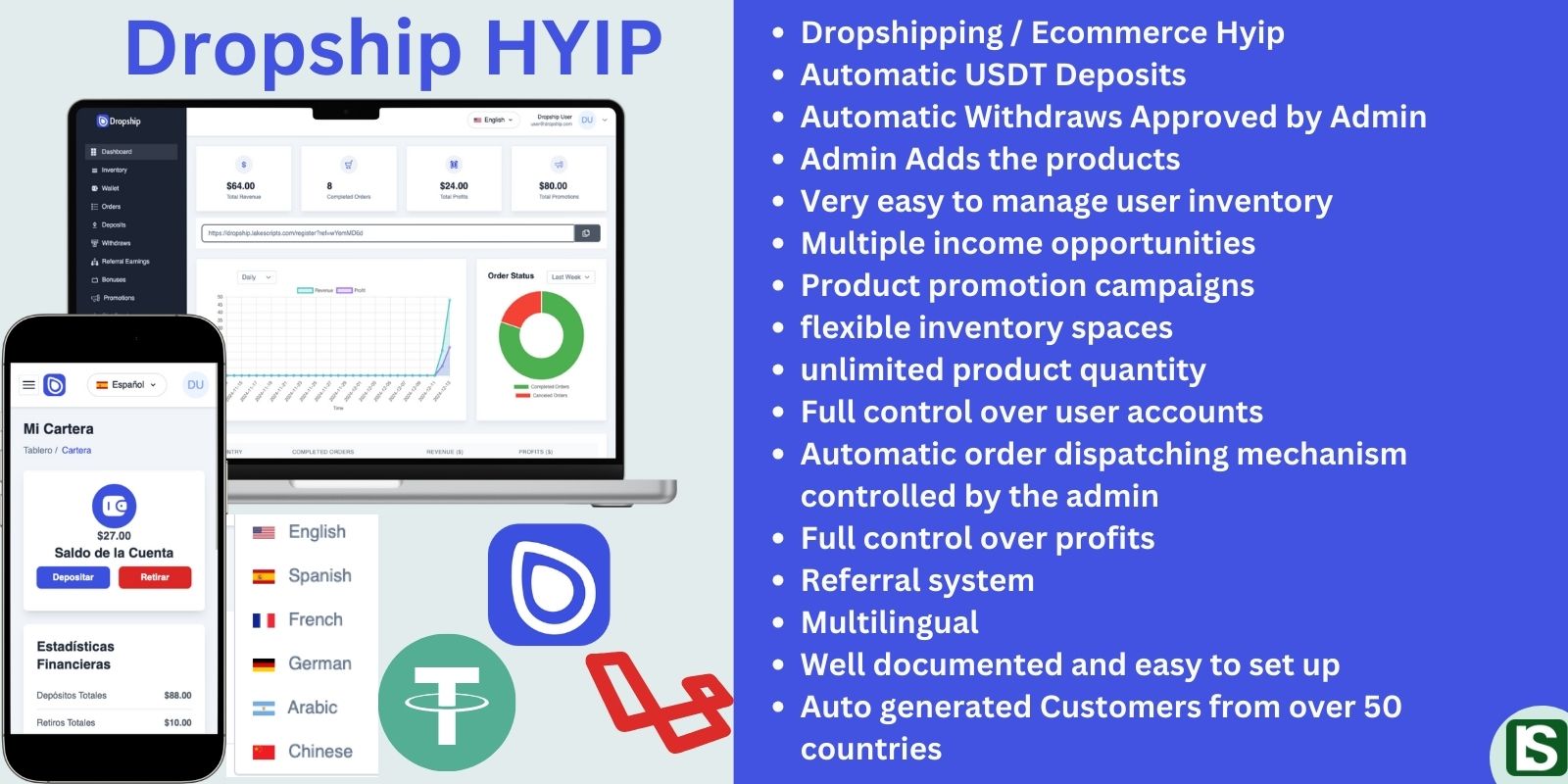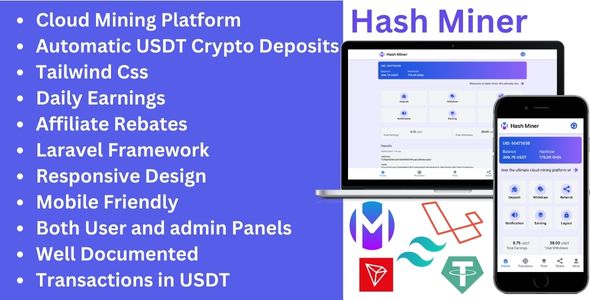
Table of Contents
- Why Automate USDT TRC20 Payments?
- Step 1: Set Up a TRON Wallet
- Step 2: Obtain USDT TRC20 Tokens
- Step 3: Choose an Automation Tool or API
- Step 4: Configure Payment Parameters
- Step 5: Implement Security Measures
- Step 6: Test the Automation Setup
- Step 7: Monitor and Optimize
- Step 8: Scale Your Payment Automation
- Conclusion
Why Automate USDT TRC20 Payments?
Before diving into the technical details, it's essential to understand the benefits of automating USDT TRC20 payments:
- Efficiency: Automation eliminates the need for manual intervention in payment processing, significantly reducing the time required to complete transactions.
- Accuracy: Automated systems minimize the risk of human error, ensuring that payments are processed correctly every time.
- Scalability: As your business grows, an automated system can handle an increasing volume of transactions without the need for additional staff or resources.
- Security: Automation ensures that payments are processed according to predefined rules, reducing the risk of fraud and unauthorized transactions.
Step 1: Set Up a TRON Wallet
To begin automating USDT TRC20 payments, you first need a TRON wallet that supports USDT TRC20 tokens. This wallet will be the hub for sending, receiving, and managing your USDT payments.
- Choose a Wallet: Select a secure and reliable TRON wallet. Popular options include TronLink, Trust Wallet, and Ledger.
- Create and Secure Your Wallet: Set up your wallet by following the provider’s instructions. Ensure that you securely store your private keys and recovery phrases, as these are essential for accessing your funds.
Step 2: Obtain USDT TRC20 Tokens
Once your wallet is set up, you'll need to fund it with USDT TRC20 tokens. These tokens will be used for making payments within your automated system.
- Purchase USDT TRC20: You can buy USDT TRC20 tokens from major cryptocurrency exchanges such as Binance, Huobi, or OKEx. Ensure that you transfer the tokens to your TRON wallet.
Step 3: Choose an Automation Tool or API
To automate USDT TRC20 payments, you’ll need an automation tool or API that can integrate with your existing system. Several platforms offer robust APIs specifically designed for automating cryptocurrency payments.
- Popular Options: Consider using tools like USDT TRC20 Automatic Payments for Laravel-based applications, or explore APIs like CoinPayments and NOWPayments that support USDT TRC20.
- API Integration: If you're a developer, integrate the chosen API with your system by following the provided documentation. Most APIs offer easy-to-use endpoints for creating and managing payments, checking transaction statuses, and handling callbacks.
Step 4: Configure Payment Parameters
Once your automation tool or API is integrated, the next step is to configure the payment parameters. This involves setting up the rules and conditions under which payments are processed.
- Payment Triggers: Define what triggers a payment. This could be a specific user action, a scheduled time, or the completion of a particular process within your system.
- Transaction Amounts: Set the transaction amounts, which could be fixed or dynamically calculated based on certain conditions.
- Recipient Addresses: Ensure that the recipient addresses are correctly specified and stored securely within your system. Automating the input of these addresses reduces the risk of errors.
Step 5: Implement Security Measures
Security is paramount when dealing with financial transactions, especially in the cryptocurrency space. Implement robust security measures to protect your automated payment system.
- Two-Factor Authentication (2FA): Enable 2FA for accessing your wallet payment automation tools. This adds an extra layer of security to prevent unauthorized access.
- Encryption: Ensure that sensitive data, such as private keys and transaction details, are encrypted both in transit and at rest.
- Transaction Limits: Set transaction limits to prevent unauthorized large transactions. These limits can be configured within your automation tool or API.
Step 6: Test the Automation Setup
Before going live, thoroughly test your automation setup to ensure everything works as expected. This includes testing various scenarios, such as successful payments, failed transactions, and handling errors.
- Test Payments: Conduct several test payments using small amounts of USDT TRC20 to verify that the automation process works correctly.
- Error Handling: Ensure that your system can handle errors gracefully, such as insufficient funds or incorrect recipient addresses, and that it provides meaningful feedback to users.
Step 7: Monitor and Optimize
Once your automated USDT TRC20 payment system is live, continuous monitoring and optimization are crucial for ensuring long-term success.
- Monitoring: Use monitoring tools to keep track of all transactions, detect any irregularities, and ensure that payments are processed promptly.
- Regular Updates: Stay updated with the latest developments in the TRON network and the tools or APIs you're using. Regular updates ensure that your system remains compatible and secure.
- Optimize Performance: Over time, analyze the performance of your automation setup and make adjustments as necessary to improve efficiency and scalability.
Step 8: Scale Your Payment Automation
As your business grows, your payment automation system should be able to scale accordingly. This could involve adding more wallets, integrating additional payment methods, or expanding to handle higher transaction volumes.
- Adding More Wallets: If your business handles payments from multiple sources, consider setting up additional wallets and automating their management.
- Expanding Payment Methods: Depending on your customer base, you might want to integrate additional cryptocurrencies or stablecoins into your automated system.
- Handling High Volumes: Ensure that your infrastructure can handle an increasing number of transactions without compromising on speed or security.
Conclusion
Automating USDT TRC20 payments offers numerous benefits, from increased efficiency and accuracy to enhanced security and scalability. By following this step-by-step guide, you can set up a robust automated payment system that meets the needs of your business, whether you're managing e-commerce transactions, payroll, or financial services. With the right tools and practices, you can streamline your operations, reduce costs, and provide a seamless payment experience for your users.
Embrace the power of automation and take your cryptocurrency payment processing to the next level with USDT TRC20.




Comment
Login to comment